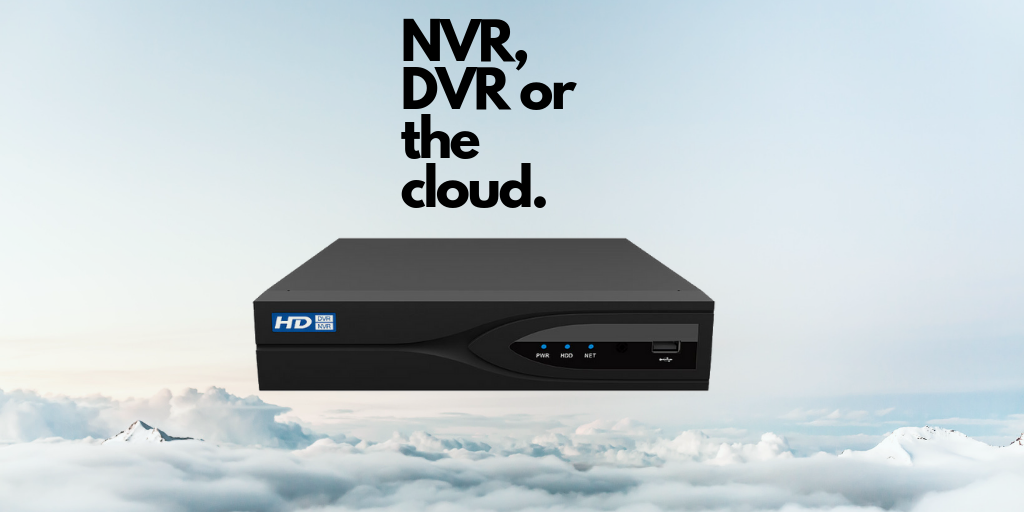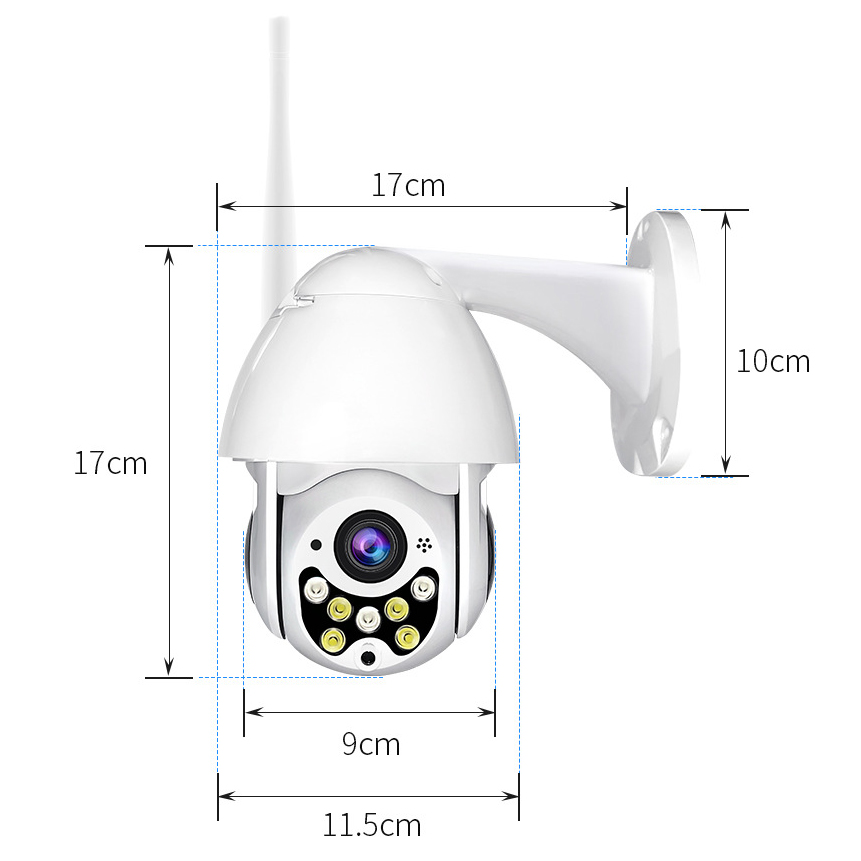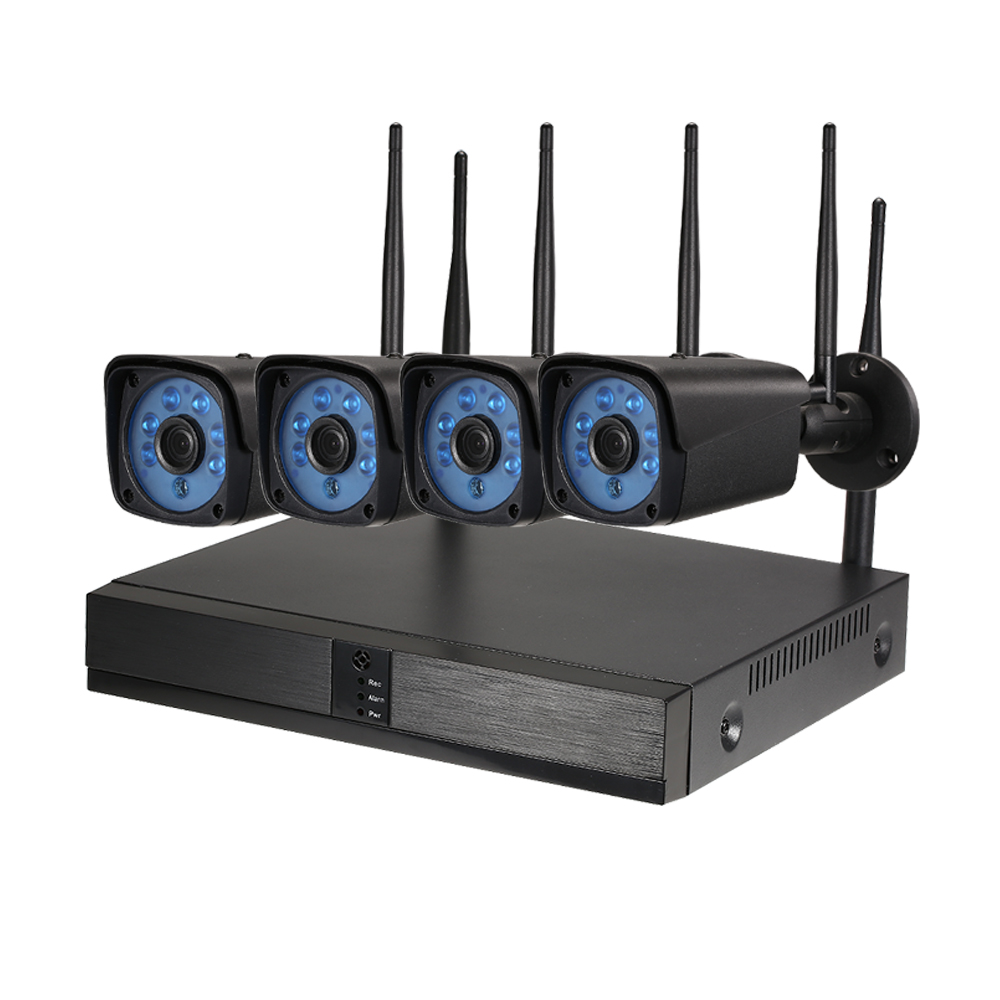

Microsoft IIS webpage server) so you can understand which security vulnerabilities will impact you. You can also proactively contact your DVR/NVR vendor to find out which OS your NVR/DVR is using (Linux, Windows) and also the OS Versions and the versions of the additional Modules that sit on the OS (e.g. IT security professionals typically understand which ones are relevant and which ones you can skip, but this can be an extremely daunting task without the proper training and experience. And though they are less frequent, Linux vulnerabilities must also be tracked and addressed quickly.
Ip camera cloud storage without nvr windows#
If it’s a windows based system there are lot of vulnerabilities and lot of updates to be applied. To ensure your system and network are protected from malicious exploits, you should track and monitor known operating system vulnerabilities, and then make sure that your OS is up-to-date with all the security patches. The hacker must have network access to do this, but the cameras are often on a shared network, not a physically separate network or a VLAN. Very few cameras have a way to disable the GUI, so the security vulnerability is that someone can attempt to hack into the camera via the web GUI to guess a password.
Ip camera cloud storage without nvr password#
Some installers don’t change the password at all and leave the same default password for all cameras.

The United States topped the list with 11,046 links, where each link could have up to 8 or 16 cameras.įurther, it is estimated that 1 in 5 Web users still use easy-to-hack passwords.īelow are the Top 10 passwords of 2013, according to Splash Data.Īlmost all cameras sold today have a web-based graphical user interface (GUI) and come with a default username and password which is published on the internet. However, a Network World article in November 2014, cited that 73,011 locations with IP Cameras from 256 countries were exposed on one website.

Many of these practices can also be applied to other security camera systems.Īt first glance, camera passwords may seem like too obvious a security measure to discuss. This paper focuses on the best practices for internet-connected security camera systems.

Physical security integrators and internal support staff must keep up-to-date on cyber security attack vectors which can impact the camera video management systems they sell and/or support. Thus it is critical that security camera systems get the same level of attention to, and protection from, cyber security vulnerabilities that are given to traditional IT systems. Liabilities for damages are a great risk to companies. Reading about millions of breaches in the news headlines are becoming commonplace. In parallel, cyber-attacks continue to escalate. In addition to the growing number of cloud-managed surveillance systems, most traditional security camera systems are now connected to the internet for remote access, support, and maintenance, or they are connected to the local network which in turn is connected to the internet. Security Camera Systems are increasingly internet connected, driven by the desire for remote access and control, integration, and drastically reduced cloud storage costs.


 0 kommentar(er)
0 kommentar(er)
